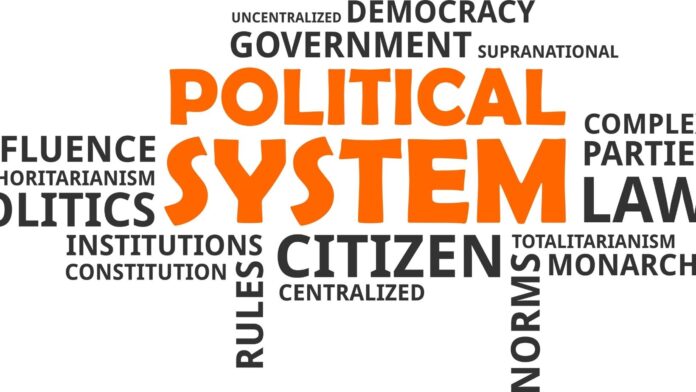In Which System of Government Would States Function Independently of Each Other?
In the system of government known as a confederation, states function independently of each other. A confederation is a political structure where multiple states or regions retain their sovereignty and delegate only limited powers to a central governing body. This means that each state within the confederation has the authority to make decisions and set policies without interference from the central government.
Unlike in a unitary system where power is concentrated at the national level, in a confederation, states have significant autonomy. They can maintain their own laws, regulations, and even currencies, while still cooperating on matters of common interest. This decentralized approach allows for greater flexibility and diversity among the member states.
One example of a confederal system is the European Union (EU). Member countries like Germany, France, and Italy retain their independent governance structures while participating in shared decision-making processes through EU institutions. This arrangement enables states to protect their unique interests while collaborating on issues such as trade, security, and environmental protection.
Overall, in a system of government based on confederation or similar principles, states function independently with varying degrees of autonomy. This decentralized approach fosters cooperation among sovereign entities while preserving their individual identities and policy-making powers.
Federal System of Government
The Division of Power
In a Federal System of Government, power is divided between the central government and the individual states. This division ensures that states have a certain level of autonomy and can function independently in many areas. The central government has authority over matters such as national defense, foreign policy, and currency, while the states retain control over issues like education, transportation, and local governance.
This division of power helps to prevent an overly centralized government and allows for diversity among the states. Each state can implement policies that are tailored to its specific needs and priorities. For example, one state may choose to focus on renewable energy initiatives while another may prioritize agricultural development.
State Autonomy and Sovereignty
One key aspect of a Federal System is the recognition of state autonomy and sovereignty. States have their own governments with elected officials who make decisions on behalf of their constituents. They can enact laws, collect taxes, and provide public services within their boundaries.
This recognition of state sovereignty fosters a sense of regional identity and allows for experimentation with different approaches to governance. It also allows states to address local concerns without interference from the central government. For instance, some states may adopt more progressive social policies while others take a more conservative stance.

Confederal System of Government
In the confederal system of government, states function independently of each other while delegating certain powers to a central authority. This type of governance provides a framework for cooperation among states while still maintaining their sovereignty.
Here are some key characteristics and features of the confederal system:
- Sovereignty of States: In a confederation, individual states retain their sovereignty and have ultimate decision-making power within their territories. They can govern themselves and make policies that best suit their specific needs and interests.
- Limited Powers to Central Authority: Unlike in a federal system where power is shared between the central government and states, in a confederation, the central authority has limited powers granted by the member states. These powers typically include defense, foreign affairs, and trade agreements.
- Voluntary Association: The participation of states in a confederation is voluntary. States willingly come together to form an alliance based on mutual interests or common goals. They can choose to withdraw from the confederation if they no longer wish to be part of it.
- Weak Central Government: In a confederal system, the central government is intentionally designed to be weak compared to the individual state governments. It acts as more of a coordinating body rather than an authoritative entity that imposes laws on member states.
- Decision-Making Process: Decisions within a confederation are typically made through consensus among member states or by requiring agreement from a majority or supermajority of them. Each state has an equal voice in decision-making processes.
- Cooperative Relations: The primary purpose of forming a confederate system is to encourage collaboration between states for common interests such as defense against external threats or economic cooperation.
It’s important to note that not many countries adopt this form of governance today due to its inherent challenges in balancing state autonomy with effective coordination at the national level.


